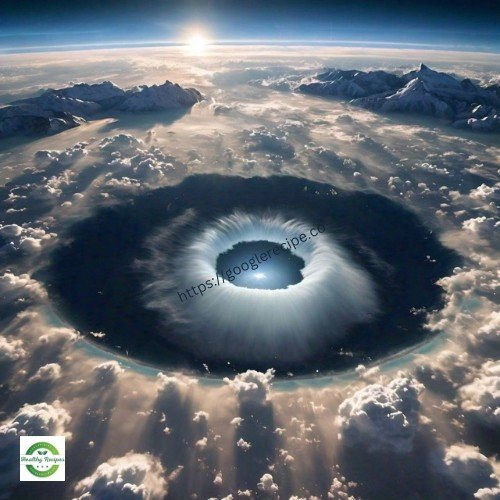Variation | Genetic Variation in Baby Animals
The Fascinating World of Baby Animals and Genetic Variation
Variation? Have you ever looked at a litter of baby animals and marveled at how cute and fluffy they are? It’s hard to resist their charm, but if you take a closer look, you’ll notice something even more intriguing: the incredible variation among them. Yes, some are puppies and some are kittens, but even within these categories, there’s a remarkable range of differences.
One puppy might be fluffier than another, and the kittens might have different colored eyes. This phenomenon, known as variation, refers to the differences in the characteristics of individuals within a population.
Understanding Genetic Variation
Variation can be attributed to several factors, including genetics, the environment, or a combination of both.
Every member of a population, unless they are identical twins, has unique DNA. This uniqueness arises from different versions of genes called alleles, which give rise to distinct characteristics.
For instance, one kitten might inherit an allele for blue eye color, while another might have an allele for brown eyes. This genetic diversity is a result of sexual reproduction, where the random mixing of alleles from both parents leads to extensive genetic variation within a species population.
Natural Selection and Adaptation
This genetic variation plays a crucial role in the process of natural selection. Within any given population, some individuals possess traits that better equip them to survive in their environment.
For example, in a population of rats, those with superior eyesight can more effectively avoid predators, increasing their chances of survival and reproduction. These advantageous traits are then passed down to their offspring, gradually shaping the population over successive generations.
Examples of Genetic Variation in Humans
Genes are responsible for controlling a number of traits in humans, including blood type and eye color. If you have blood group A, it’s because you inherited the alleles responsible for this characteristic. Such genetic variation is innate and unchangeable throughout an individual’s life.
Environmental Influences on Variation
However, not all variation is genetic. The environment or way of life, has an impact on many characteristics. For instance, hair length is determined by how short you choose to cut it, your accent is shaped by the region you live in, and piercings, tattoos, or scars are acquired traits.
These are examples of how the environment can impact the variation within a population.
The Interaction of Genetics and Environment
Often, characteristics result from an interplay between genetics and the environment. A classic example is height. While genetics set the potential for how tall a person can grow (tall parents tend to have tall children), achieving this potential also requires a healthy, balanced diet.
Similarly, the debate over intelligence—whether it is more influenced by genetics (nature) or the quality of education and upbringing (nurture)—highlights this complex interaction.
Studies with identical twins are particularly insightful in this regard. If both twins share a characteristic, it is likely genetic. If they differ, environmental factors have played a significant role.
For example, identical twins will always have the same eye color, a purely genetic trait, but their personalities, talents, and preferences will vary, reflecting environmental influences.
Conclusion
In this investigation of variation, we’ve seen how genetics, the environment, or a combination of both can control it. From the fluffy coats of puppies to the diverse eye colors of kittens, the differences among baby animals offer a delightful glimpse into the complex world of genetic variation.
There is no denying the beauty and complexity of variation in nature, whether you find the science behind these traits fascinating or just smitten by the cuteness of baby animals.
FAQs on Genetic Variation in Baby Animals
Q1: What is variation?
A: Variation refers to the differences in the characteristics of individuals within a population.
This can be observed in various traits such as fur color, eye color, size, and shape.
Q2: What causes variation in animals?
A: Genetics, the environment, or a combination of both can cause variation.
Alleles are different versions of genes that cause genetic variation, whereas lifestyle choices like diet and climate can affect environmental variation.
Q3: How do genetics influence variation?
A: Genetics influence variation through the different alleles that individuals inherit from their parents. These alleles determine specific traits, such as eye color or fur length.
The random combination of alleles during sexual reproduction leads to genetic diversity within a population.
Q4: Can you give an example of genetic variation in baby animals?
A: Yes, in a litter of kittens, one might have an allele for blue eyes while another has an allele for brown eyes. This difference in eye color is a result of genetic variation.
Q5: What is natural selection, and how is it related to variation?
A: Natural selection is a process where individuals with advantageous traits are more likely to survive and reproduce.
Variation provides the raw material for natural selection, as some individuals will have traits that make them better adapted to their environment.
Q6: Are there examples of genetic variation in humans?
A: Yes, examples of genetic variation in humans include traits like eye color and blood group. The specific alleles that a person inherits from their parents are what determine these traits.
Q7: How does the environment contribute to variation?
A: The environment influences traits that are not solely genetically determined, which contributes to variation.
For example, hair length is influenced by how you cut it, and your accent is shaped by the region where you live.
Q8: Can variation be a combination of genetics and environment?
A: Yes, many characteristics result from the interaction of genetics and the environment.
For instance, a person’s potential height is genetically determined, but achieving this height depends on eating a healthy, balanced diet.


